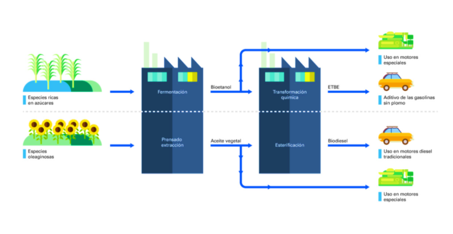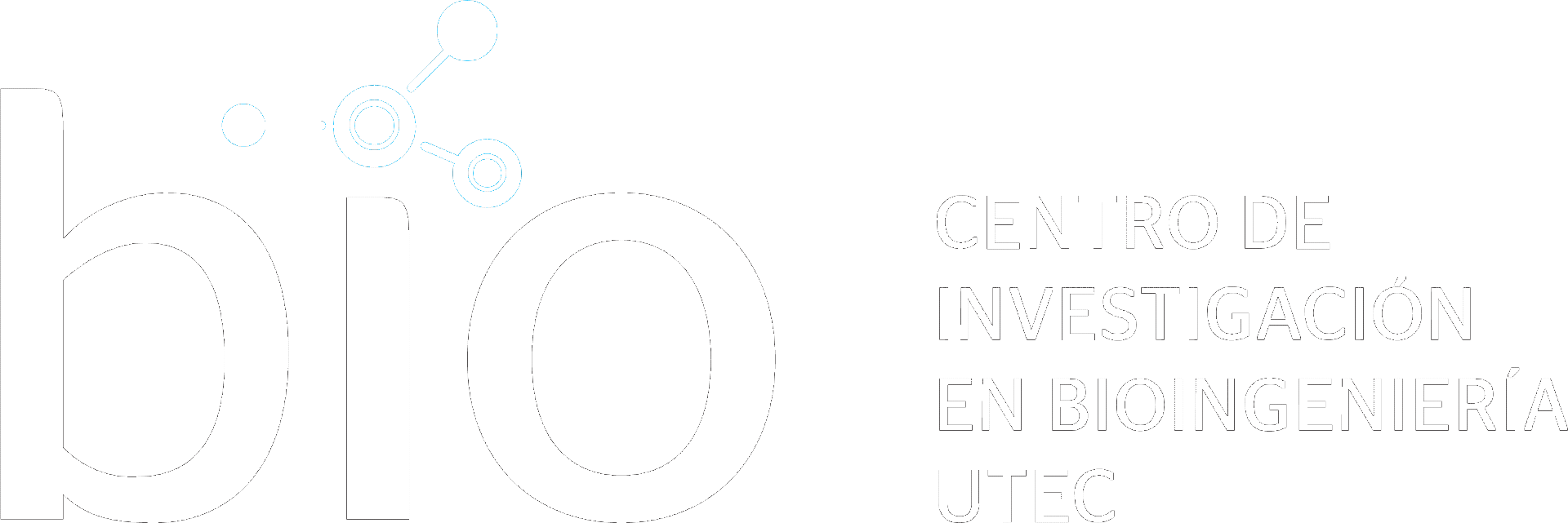
Full Time Professor
Bioengineering and Chemical Engineering Department
The Vayu Hill-Maini lab project uses a modular synthetic biology toolkit in engineering edible mushrooms to improve their nutritional value and sensory appeal. The researchers developed a toolkit for Aspergillus oryzae, an edible mushroom used in fermented foods and as a meat alternative. This kit includes CRISPR-Cas9 methods for gene integration, neutral loci and adjustable promoters.
The researchers used these tools to increase intracellular levels of ergothionein, a nutraceutical, and heme, a molecule that provides flavor and color, in edible biomass. The heme-overproducing strain has a red color and can be easily formulated into veggie burgers with minimal processing. These findings highlight the potential of synthetic biology to improve fungal foods and provide useful genetic tools for food production and other applications.
The global food system is a major contributor to climate change, and transitioning to more sustainable production methods, such as microbial processes, is crucial to mitigate environmental impact and feed a growing population. Filamentous fungi, which include mushrooms and molds, hold promise for microbial food production due to their high protein-secreting capacity and ability to degrade and grow on complex substrates, reducing reliance on purified ingredients such as glucose.
These advances allow for greater efficiency and control in the genetic engineering of edible fungi, which could lead to new applications in food production and other fields. So from these findings, the question arises:
How to use the modular synthetic biology toolkit for genetic engineering of Aspergillus oryzae?
The modular synthetic biology toolkit for A. oryzae is used to perform genetic engineering accurately and efficiently. This kit includes several key components:
CRISPR-Cas9 Method: This is used to modify genes with precision. Instead of using plasmids to express Cas9 and guide RNAs (sgRNA), the method involves the direct transformation of Ribonucleoprotein (RNP) complexes formed in vitro from Cas9 protein and commercially available sgRNAs.
Neutral Loci: These are specific places in the genome where genes can be inserted predictably and without affecting essential cellular functions.
Adjustable Promoters: These include bidirectional promoters and a synthetic expression system that allows for strong gene expression independent of the composition of the culture medium.
To use the toolkit, researchers design experiments involving the integration of heterologous genes into neutral loci using the CRISPR-Cas9 method. For example, in the study, this approach was used to overproduce ergothioneine, a potent antioxidant, and to engineer the heme biosynthetic pathway to improve the taste and color of the edible fungal biomass.
What are the implications of the use of fungal filaments in the transition to a more sustainable food system?
Fungal filaments, including mushrooms and molds, have significant implications for the transition to a more sustainable food system for several reasons:
Resource efficiency: Food production from fungal filaments can offer higher resource efficiency compared to intensive animal agriculture. Fungi can grow on complex substrates, such as food byproducts or lignocellulose, reducing the dependence on purified ingredients like glucose. This decreases the environmental burden and costs associated with food production.
Reduction of greenhouse gas emissions: Substituting some animal protein with fungal mycoprotein could reduce methane emissions and deforestation, leading to a decrease in CO2 emissions. This is crucial for mitigating climate change.
Safety and production control: Microbial processes for food production can provide more precise control over production, which can improve food safety and quality.
Reduction of animal suffering: Transitioning to microbial-based food production methods can reduce animal suffering associated with industrial agriculture.
Versatility and commercialization: Fungal filaments have been historically used in fermented foods and are now being explored in products as meat alternatives. Mycoprotein, for example, can be formulated to mimic the texture of meat, offering a compelling alternative for consumers looking to reduce their animal product consumption.
Potential for genetic engineering: The development of synthetic biology tools for edible fungal filaments, such as Aspergillus oryzae, allows for precise genetic modification to enhance the nutritional value and sensory appeal of fungal foods. This could lead to new food products with improved nutritional profiles and attractive sensory characteristics.
In summary, fungal filaments offer promising potential to revolutionize the global food system, providing sustainable alternatives to animal products and contributing to the reduction of the environmental impact of food production.
References:
Maini Rekdal, V. et al. (2024) ‘Edible mycelium bioengineered for enhanced nutritional value and sensory appeal using a modular synthetic biology toolkit’, Nature Communications, 15(1). doi:10.1038/s41467-024-46314-8.




